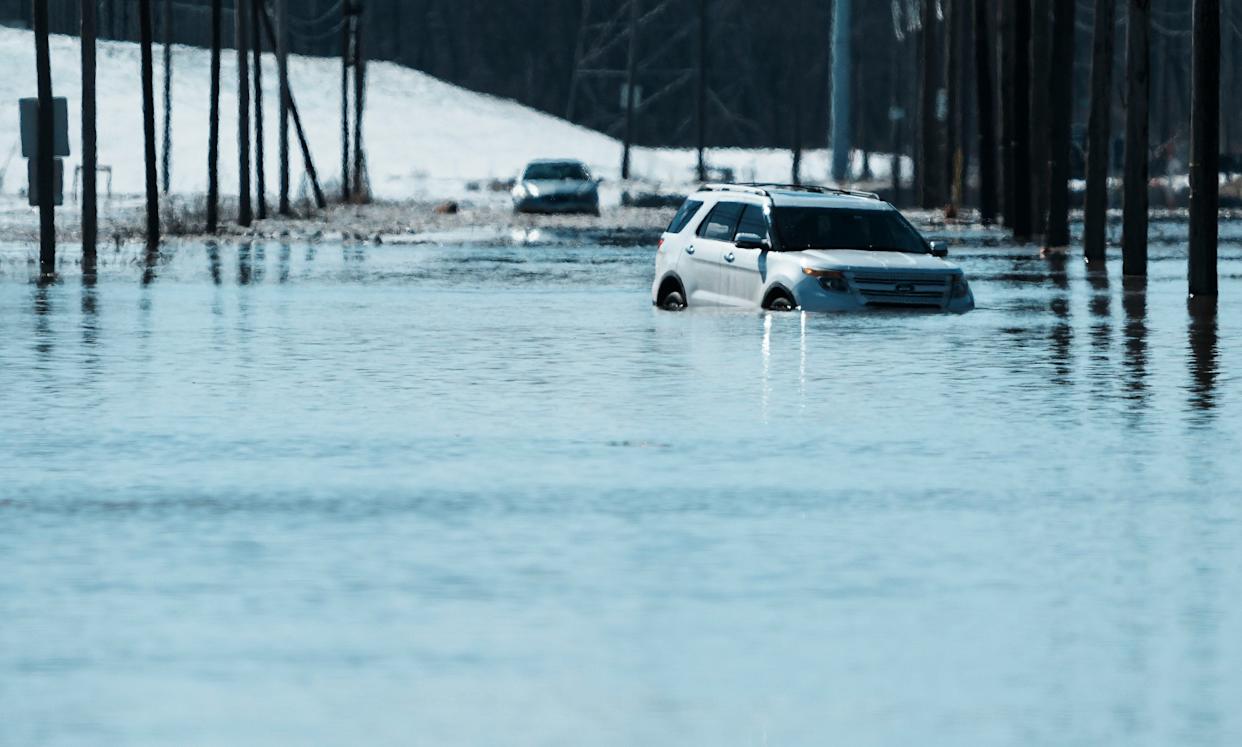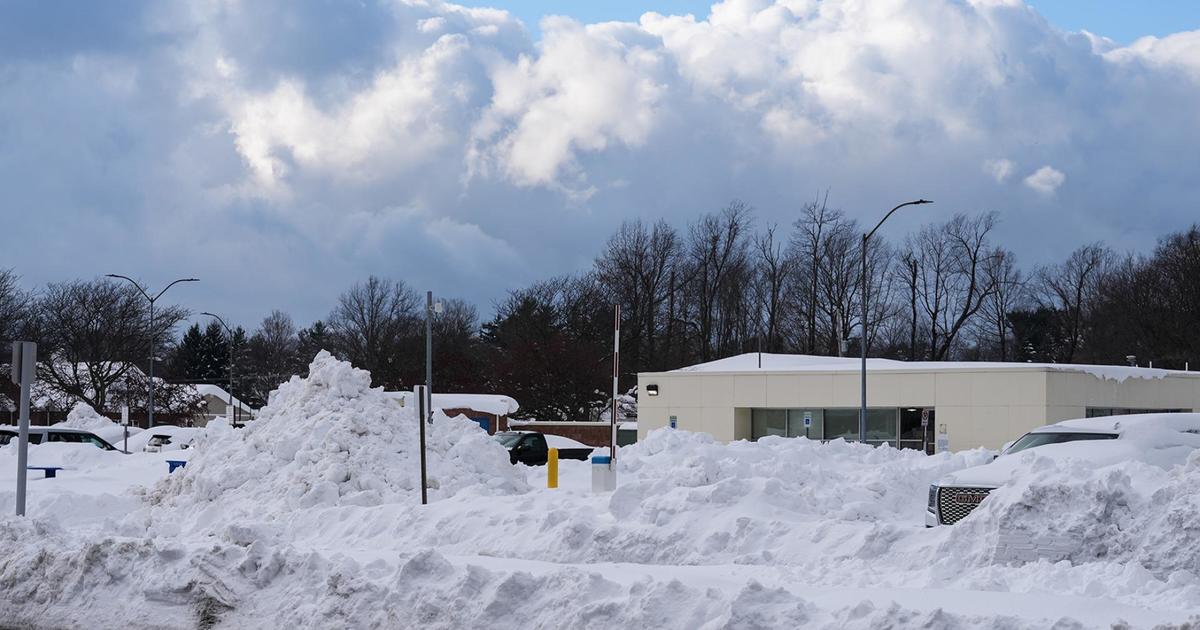A devastating wave of severe weather and flash flooding has wreaked havoc across multiple states in the U.S., leaving at least 25 people dead and causing widespread destruction. The catastrophic storms, which included tornadoes, torrential rains, and high winds, struck with little warning, overwhelming communities and emergency responders.
The Scope of the Disaster
The severe weather system swept through the Midwest, South, and parts of the East Coast over the past week, triggering life-threatening conditions. States such as Texas, Oklahoma, Arkansas, Missouri, Kentucky, Tennessee, and Mississippi bore the brunt of the storms, with flash flooding submerging roads, destroying homes, and cutting off power for thousands.
Key Impacts:
- 25 fatalities confirmed across multiple states, with search and rescue efforts ongoing.
- Hundreds of injuries reported, with hospitals overwhelmed in some areas.
- Thousands of homes damaged or destroyed, leaving families displaced.
- Power outages affecting over 200,000 residents at the peak of the storms.
- Major highways and bridges washed out, disrupting travel and emergency response.
Deadly Tornadoes and Flash Flooding
The storm system spawned numerous tornadoes, some of which reached EF-3 intensity, with winds exceeding 150 mph. Entire neighborhoods were flattened in some towns, with residents describing the terror of seeing homes and businesses reduced to rubble in seconds.
Meanwhile, relentless rainfall—some areas receiving over 10 inches in just 24 hours—led to rapid flash flooding. Rivers and creeks burst their banks, sweeping away vehicles and trapping people in their homes. Emergency crews conducted daring water rescues, pulling stranded residents from rooftops and submerged cars.
Notable Incidents:
- Texas: At least seven deaths were reported, with Houston experiencing severe flooding after the Brazos River overflowed.
- Oklahoma: A tornado tore through a small town, killing five, including a family of three.
- Kentucky: Flash flooding claimed six lives, with some victims caught in vehicles on flooded roads.
- Missouri: A nursing home was evacuated after floodwaters breached the building.
Emergency Response and Challenges
First responders worked tirelessly in dangerous conditions to rescue survivors and provide aid. The National Guard was deployed in several states to assist with evacuations and supply distribution. However, the scale of the disaster posed significant challenges:
- Blocked roads and debris hindered rescue efforts.
- Communication outages made it difficult to locate missing persons.
- Shelters overwhelmed as displaced residents sought refuge.
Federal Emergency Management Agency (FEMA) teams were dispatched to assess damage and coordinate recovery efforts. President [Last Name] issued disaster declarations for the hardest-hit areas, unlocking federal aid for rebuilding.
Climate Change and Increasing Severe Weather
Meteorologists and climate scientists warn that such extreme weather events are becoming more frequent and intense due to climate change. Warmer air holds more moisture, leading to heavier rainfall, while shifting weather patterns contribute to stronger tornadoes and storms.
Expert Insights:
- Dr. Jane Carter, Climate Scientist: “We’re seeing a clear trend of more volatile weather systems. What used to be rare events are now happening with alarming regularity.”
- National Weather Service (NWS): “This storm system was unusually powerful, with multiple hazards converging at once—tornadoes, flooding, and damaging winds.”
Community Resilience and Recovery
Despite the devastation, stories of heroism and community support emerged. Volunteers helped clear debris, neighbors opened their homes to those displaced, and local organizations provided food and supplies.
How to Help:
- Donate to disaster relief organizations like the Red Cross or local charities.
- Volunteer with cleanup efforts in affected areas.
- Stay informed about weather alerts and evacuation orders.
Looking Ahead: Preparing for Future Disasters
Officials urge residents in high-risk areas to have emergency plans in place, including:
- Knowing evacuation routes.
- Keeping emergency kits stocked with food, water, and medications.
- Monitoring weather alerts via NOAA radios or smartphone apps.
Conclusion
The recent severe weather outbreak has left a trail of destruction and heartbreak across the U.S., claiming lives and displacing families. As recovery efforts continue, the disaster serves as a stark reminder of the growing threat posed by extreme weather—and the importance of preparedness, resilience, and community support in the face of such tragedies.




